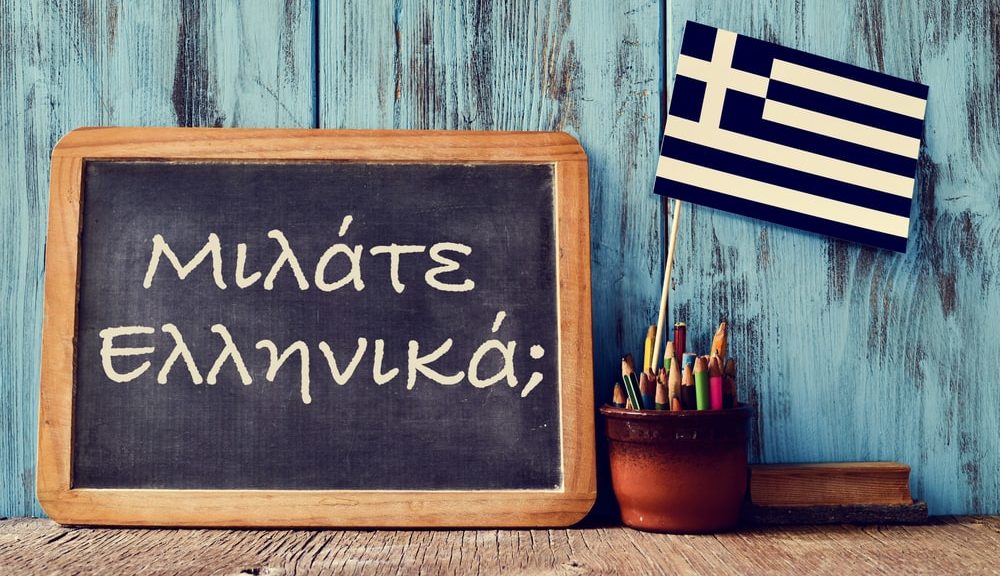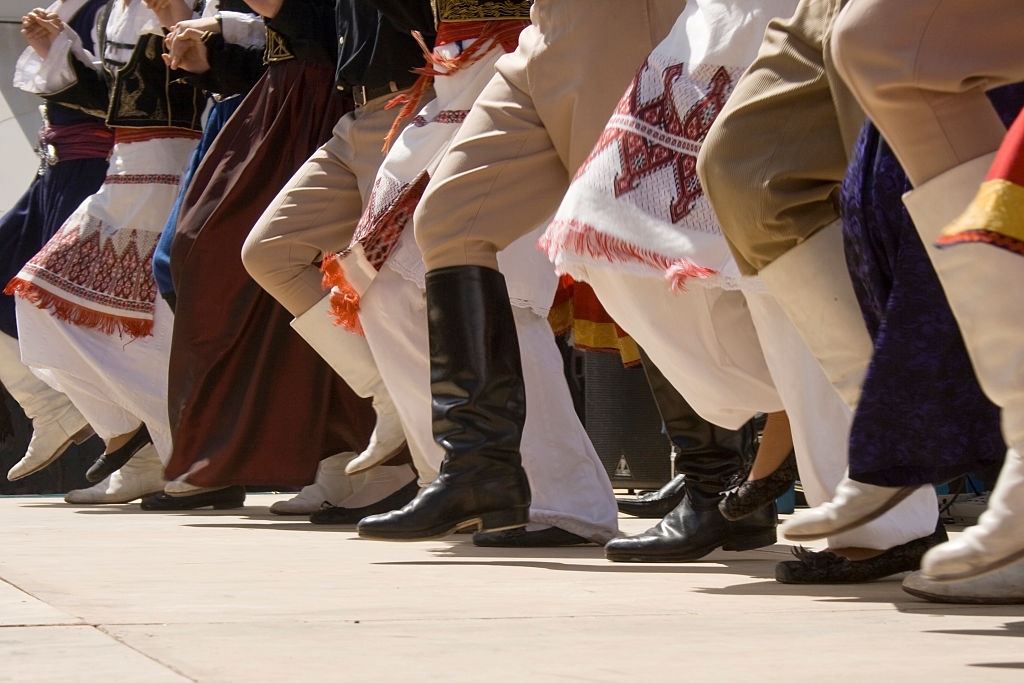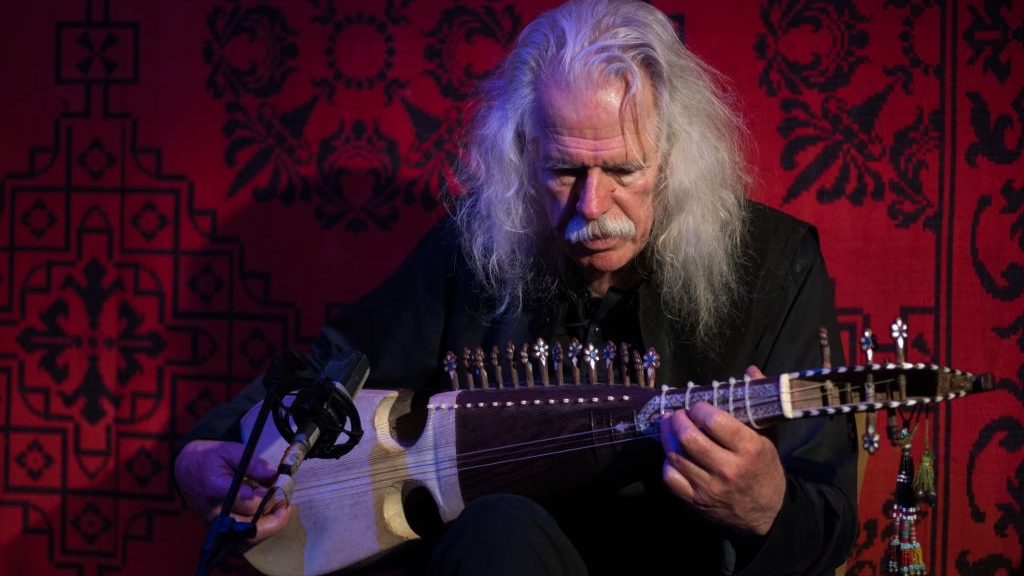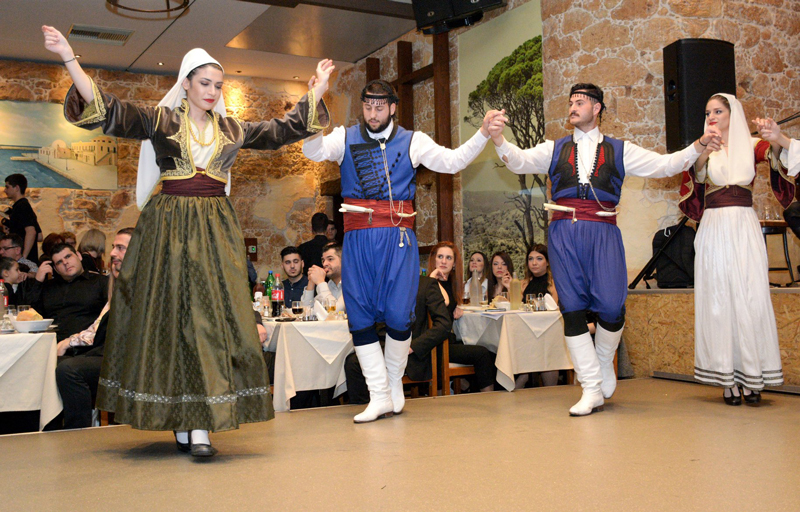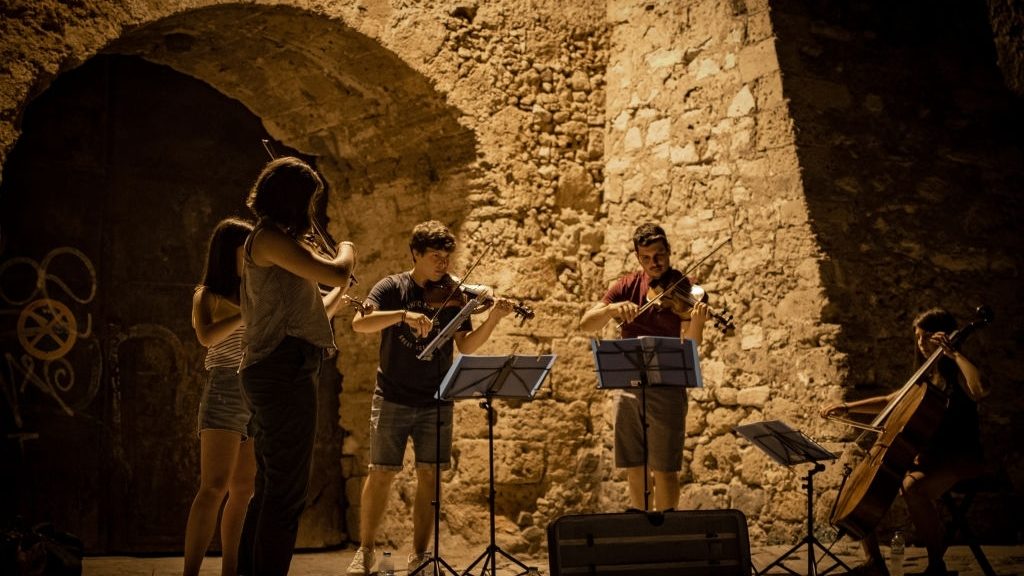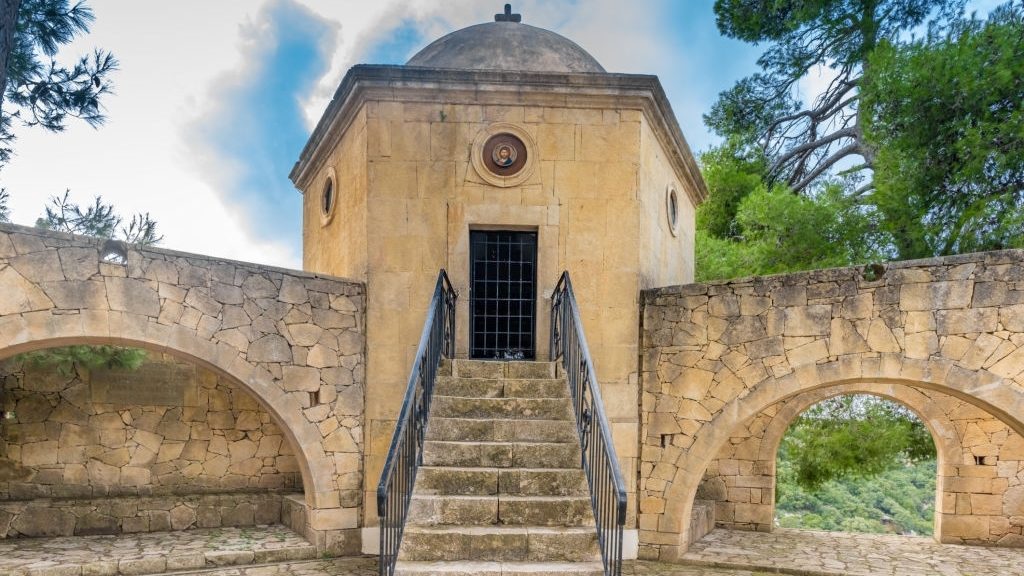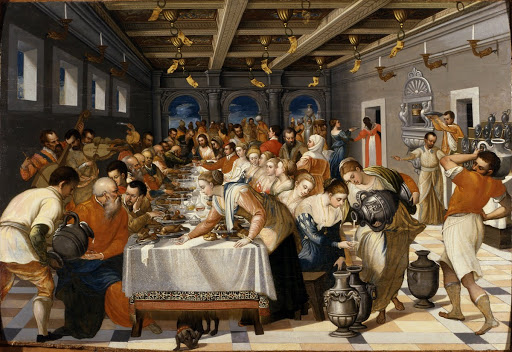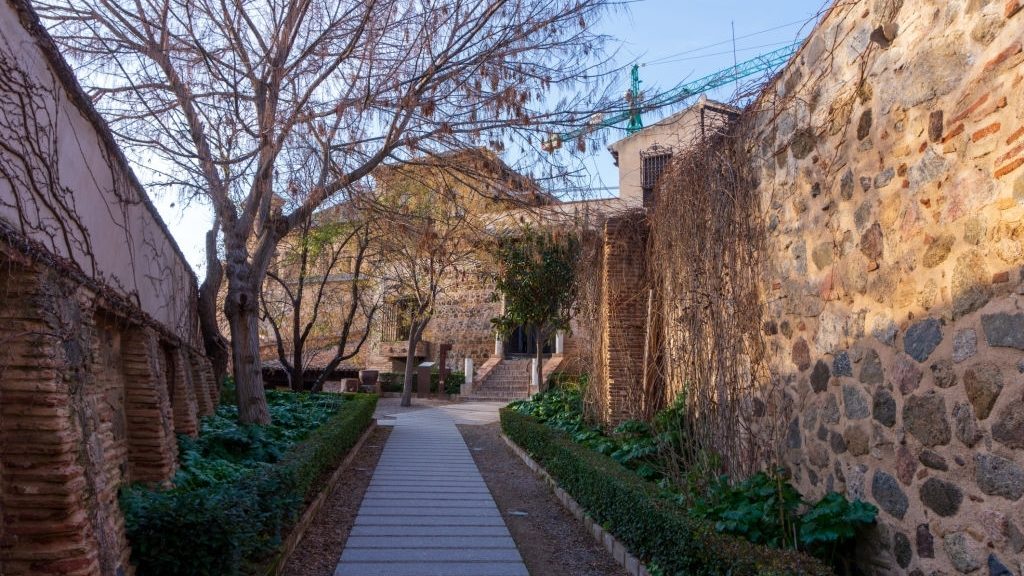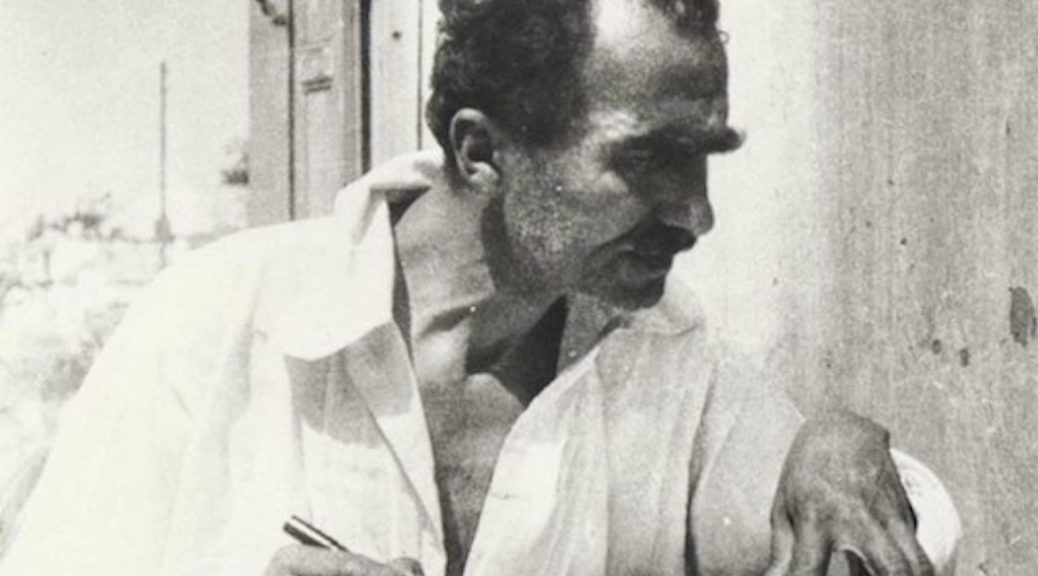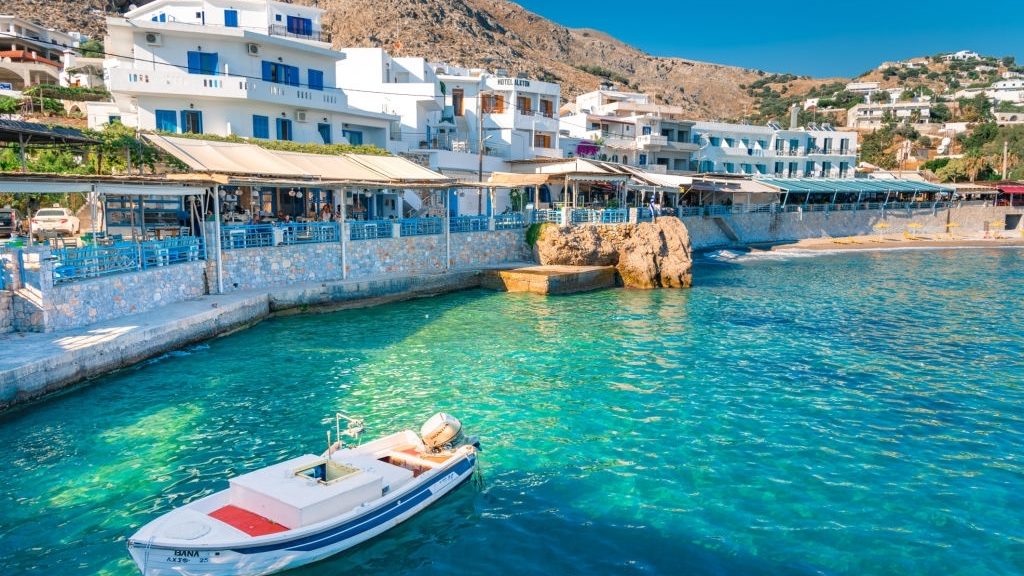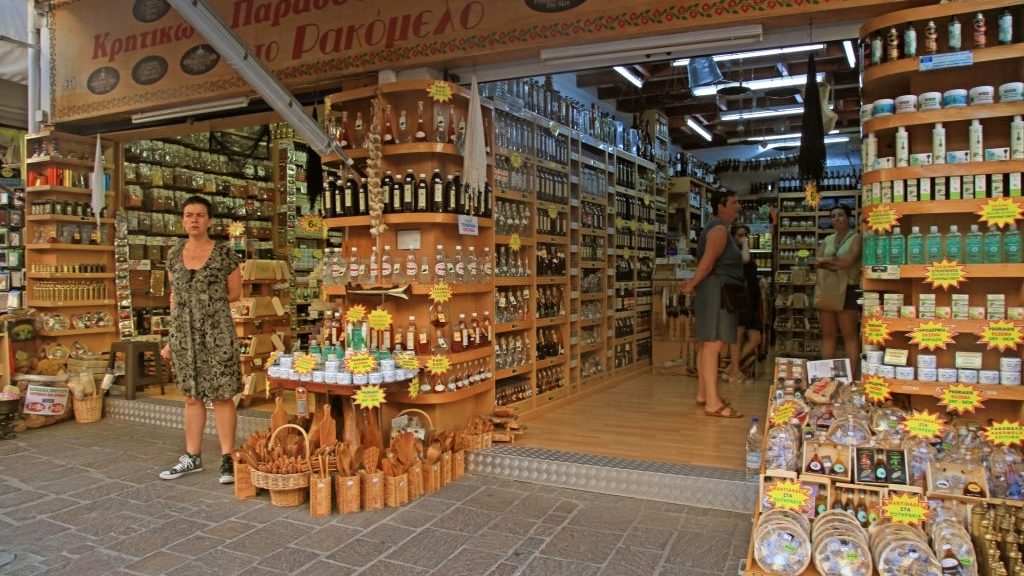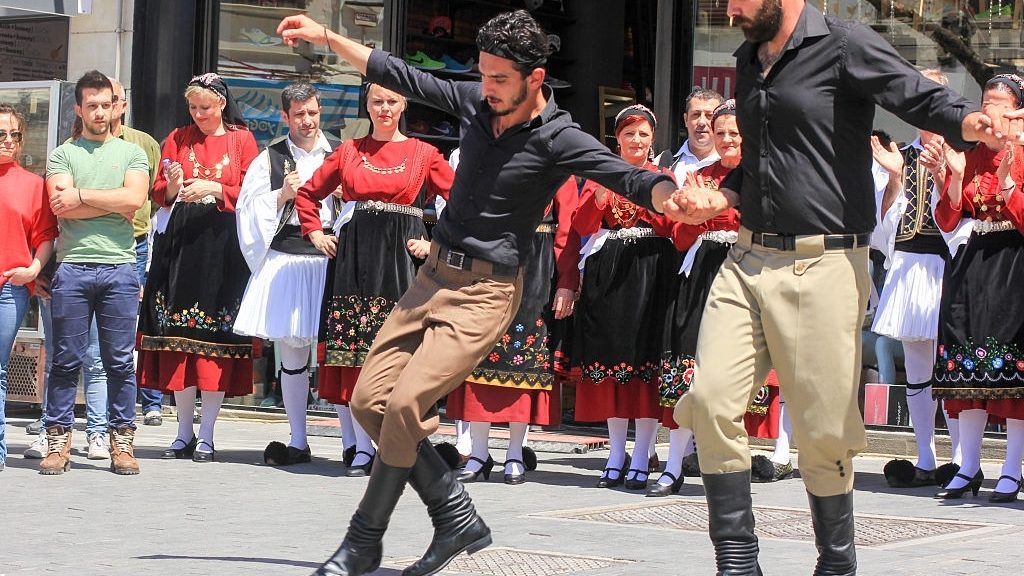If you are visiting a Greek island that has even the most basic of tourist facilities, you can, quite happily enjoy your stay with absolutely no knowledge of the Greek language, as many of the Greeks you meet, such as waiters or bar staff, are usually able to speak some English. As these people have made such an effort to learn your language, it only seems polite to at least make a small effort to be able to speak a…
Read More Read More
When we talk about famous Cretan musicians and composers, there are so many names that come to mind. In the first half of the 20th century, the so-called First-generation Masters of Cretan music were at the height of their popularity. Amongst them, we have Rodinos, Baxevanis, Kareklas, Charilaos, Foustalieris, Koutsourelis, and other less known but just as influential figures whose impact is still felt today.
The character of Crete and the Cretans is reflected in their music and dance. Crete is one of the very few places in Greece where the traditional music heritage is growing rather than remaining static or even withering away.
Music and dance are directly woven into the Cretan psyche and their social life from the earliest days to the very present. Traditional music and local dances play a major role not only at festivals and social occasions but also in the day-to-day life of the ordinary person.
Cretan Renaissance In the first years of Venetian rule, life in Heraklion created conditions that fostered a significant cultural growth that persisted and was strengthened until the fall of Constantinople.
Michael Damaskinos is arguably the most important painter of the Cretan School. He was born in Candia (modern-day Heraklion) around 1540 and practised painting at the School of Agia Katerina of Sinai. At the age of 32, he was working in Venice and came into contact with the contemporary art scene.
Domenikos Theotokopoulos was born in Venetian Candia (as Heraklion was then known), in 1541 and is one of the most important figures in the history of painting.
Nikos Kazantzakis is one of the most well-known Cretan figures; a writer, he was born and raised in 1883 in Heraklion. At the age of 6 he witnessed the 1889 revolution, and at 17 saw his country freed from the Turkish yoke. These heroic events in Cretan history influenced him greatly and he went on to make many a reference to them in his writings.
The architecture of the island of Crete has been closely tied to the natural physical landscape – not just with respect to the materials employed but also the forms and types of the structures.
Crete can claim, amongst other things, a tradition rich in handicrafts and manufacture in areas such as pottery, wood-carving, weaving, embroidery, metalwork and jewellery-making.
Crete today – just as it has been throughout its long history – is a cosmopolitan island. Nonetheless, it has managed to preserve those elements which belong customarily to the folk tradition.
